A Teacher’s Guide to Crafting Illustrated Mind Maps on Story Elements
Literature has the power to captivate and inspire, making it an integral part of the educational experience. As teachers, we are constantly seeking innovative ways to engage our students and facilitate a deeper understanding of literary works.
In this blog post, we’ll explore the fascinating world of literature analysis, focusing on the timeless classic, “Charlotte’s Web,” and how mind maps can be a powerful tool to unravel its intricacies.
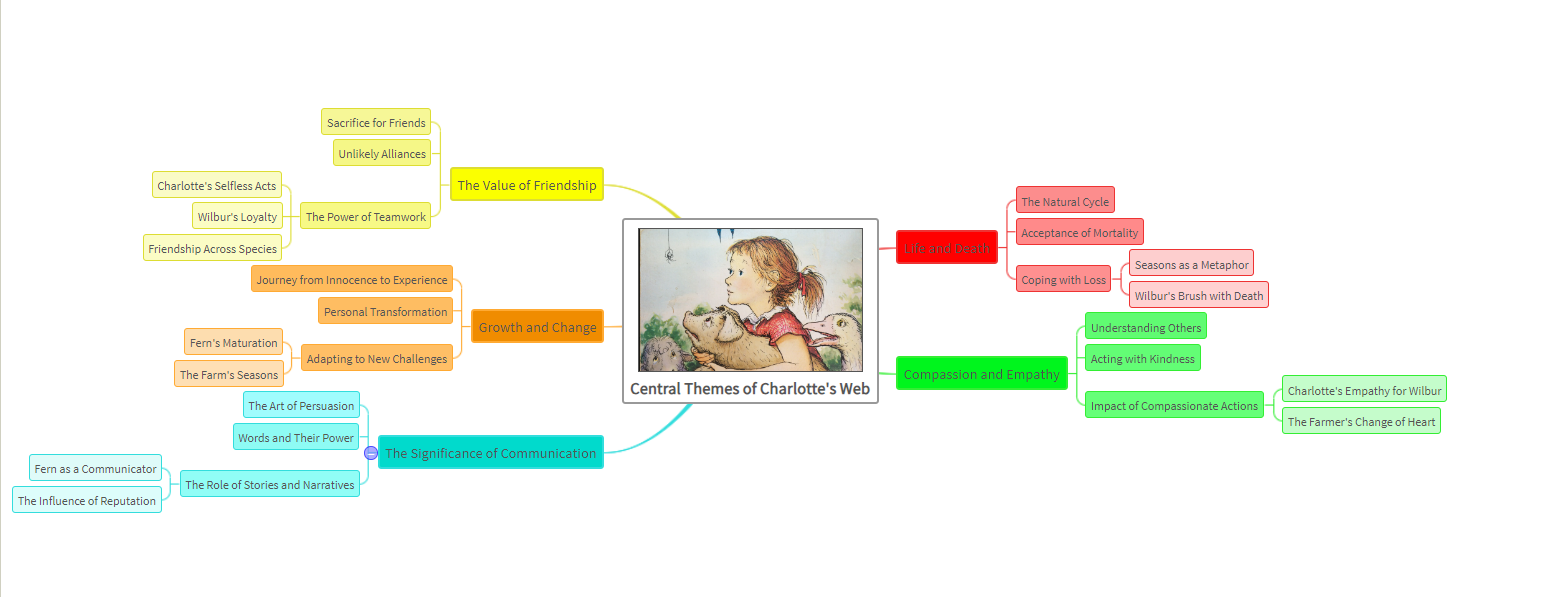
Table of contents
Understanding Illustrated Mind Maps
How Mind Maps Can Help in Story Analysis
Creating a Mind Map on Story Themes: Step-by-Step Guide With Lumos StepUp
Understanding Illustrated Mind Maps
Mind maps offer a visual and structured approach to analyzing literature. They enable teachers and students alike to connect themes, characters, and literary devices in a way that enhances comprehension and promotes critical thinking.
To make this process even more seamless, we’ll delve into the step-by-step guide to creating a mind map using the Lumos StepUp AI tailored for students and educators.
How Mind Maps Can Help in Story Analysis
Mind maps can be incredibly useful tools for analyzing themes in a story. Here’s how they can help:
- Visual Representation: Mind maps provide a visual representation of the various themes present in a story. By organizing themes into branches and sub-branches, you can see the interconnectedness and hierarchy of different ideas.
- Identification of Core Themes: Creating a mind map allows you to identify the core themes of a story. As you dissect the plot, characters, and motifs, you can pinpoint recurring ideas and concepts that form the thematic backbone of the narrative.
- Character Analysis: Mind maps can also help analyze how different characters embody or interact with specific themes. By charting out character traits, actions, and relationships in relation to themes, you can gain insights into character development and thematic significance.
- Plot Analysis: Mind maps aid in analyzing how thematic elements drive the plot forward. You can identify key plot points or events that reflect or reinforce particular themes, leading to a richer interpretation of the story’s narrative arc.
- Sub-themes Exploration: Beyond the main themes, mind maps allow you to explore sub-themes or nuances within the story. By breaking down overarching themes into smaller components, you can delve deeper into the intricacies of the narrative and uncover layers of meaning.
Creating a Mind Map on Story Themes: Step-by-Step Guide With Lumos StepUp
Lumos StepUp Mind Map is an innovative AI-powered tool designed to simplify the mind mapping process for educators. Its user-friendly interface enables teachers and students to create visually stunning mind maps effortlessly. Based on the text prompt provided the AI generates comprehensive mind maps that capture key themes of the story.
Step 1: Access Lumos StepUp Mind Maps:
Log in to your teacher portal Lumos StepUp account and select “My Mind Maps” from the dashboard.
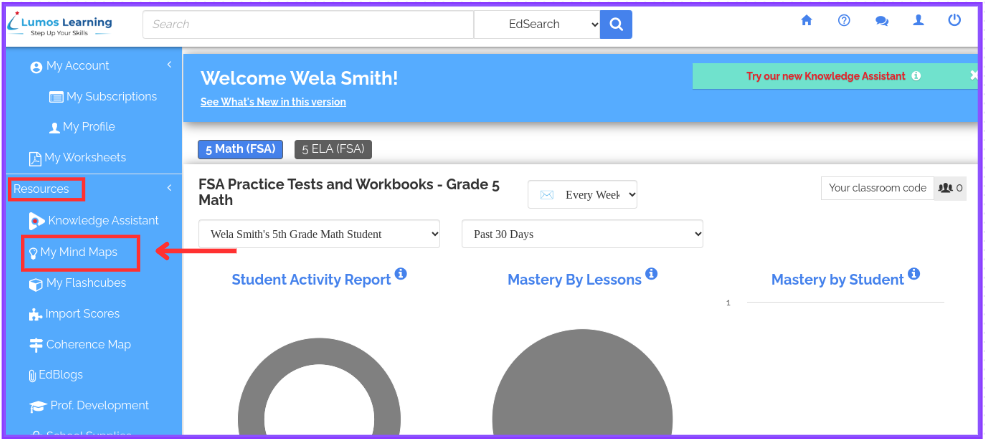
Step 2: Create a New Mind Map
Click on “Create New Mind Map” to initiate the mind map creation process.
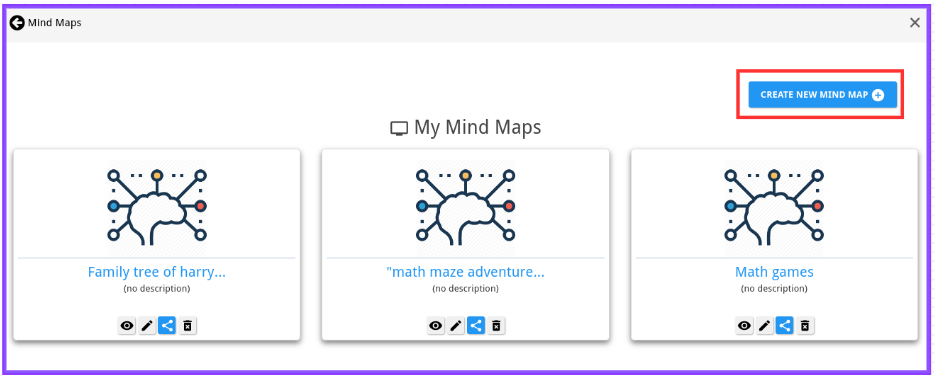
Step 3: Autogenerate Mind Map Using Topics
Select “Create using Topics”“Create using Topics” to utilize the autogeneration AI feature. Click on “GO” under “Create using Topic.”
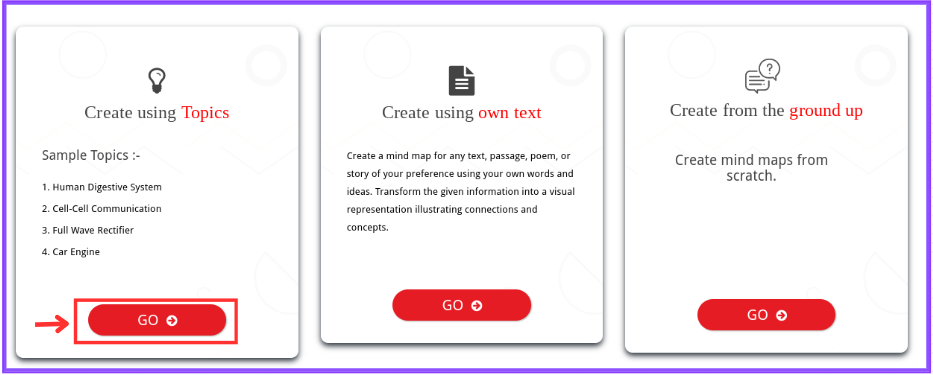
Step 4: Enter “Themes of Charlotte Web” as the Topic
Type or paste “Themes of Charlotte Web” in the provided text space and click on “Generate.” The system will take 2-3 minutes to autogenerate the mind map based on the chosen topic.

Step 5: Edit and Customize
Once autogeneration is complete, you’ll have an illustrated mind map on story themes. Feel free to edit, and add colors, images, and icons to tailor the mind map to your preferences.
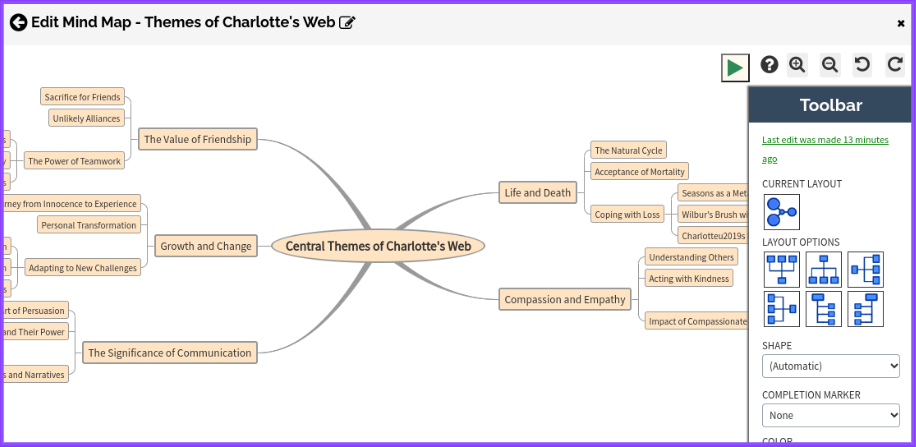
How to Edit Your AI-generated Mind Map
- Right-click on any of the box items to see available options, such as adding a text box, sub-items, deleting items, editing items, setting values, and more.
- Use the “Toolbar” on the right side of your screen to change the mind map layout, and shape, add/remove completion markers, add color, insert images, hyperlink text, and add icons for a visually appealing mind map.
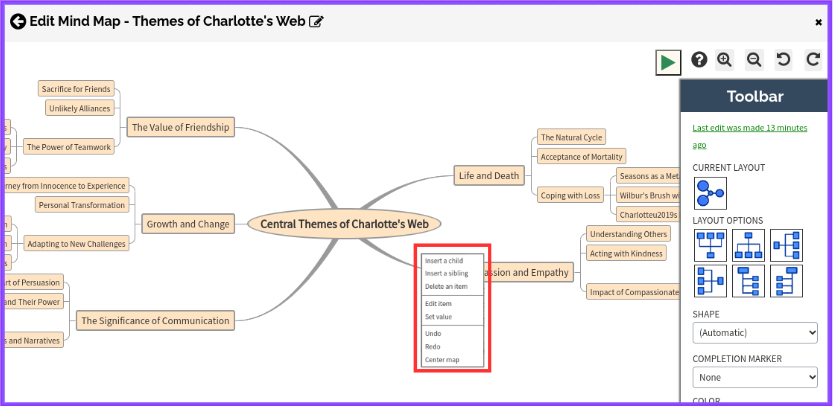
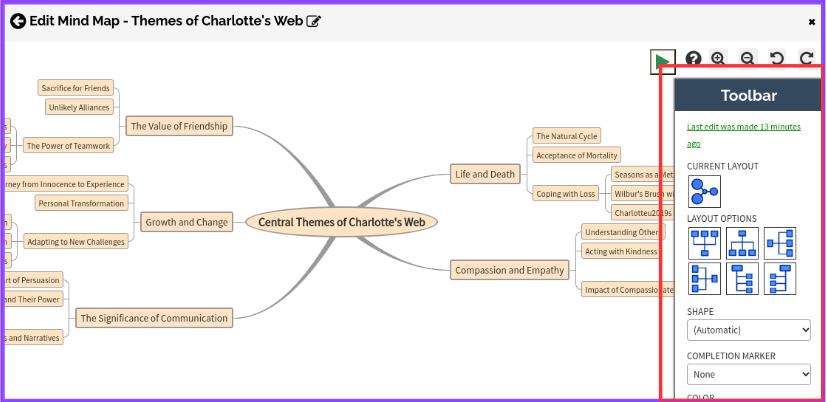
Encourage Students to Try AI-Powered Mind Maps
Once you have created your AI-generated mind map, share it with your students to view/edit the mind map and encourage them to create new mind maps on their own. You can do that as a classroom activity or give it to them as a homework assignment.
How to Share Your Mind Maps
Step 1: Click on the “Share” icon under your created mind map present on the “My Mind Maps” screen.
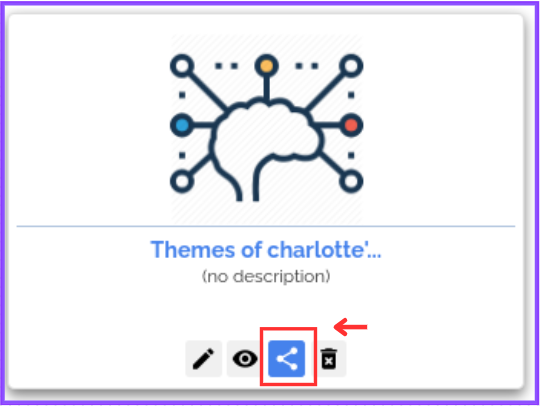
Step 2: Select the Student(s) list from the available options, then select the student(s) you want to share your mind map with and give them “View” or “Edit” permission access.
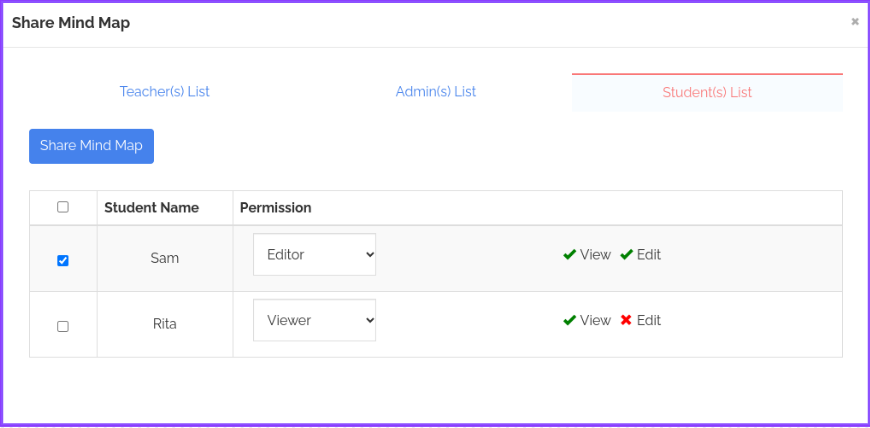
Step 3: The selected student(s) will then be able to view/edit the mind map based on the given permissions from their student accounts under the “Shared Mind Maps” section.

Using Story Mind Maps in Learning Literature
Incorporating mind maps into classroom learning enriches students’ understanding and appreciation of literature:
- Introduction: Introduce mind mapping and its relevance to literature analysis.
- Exploration: Guide students in analyzing themes, imagery, and literary devices in the story.
- Hands-on Creation: Allow students to create their own story mind maps, fostering creativity and critical thinking.
- Collaboration: Encourage peer sharing and discussion of mind maps to promote collaboration and deeper insights.
- Assessment: Use these story analysis mind maps as assessment tools to evaluate students’ comprehension and interpretation of the poem.
Conclusion
Literature analysis doesn’t have to be a daunting task; with the aid of mind maps and innovative tools like Lumos StepUp, teachers can transform the learning experience for their students.
By visually representing the complexities of a literary work like “Charlotte’s Web,” educators can foster a deeper understanding and appreciation for the art of storytelling. So, dive into the world of mind maps and unlock the full potential of literature analysis in your classroom.
